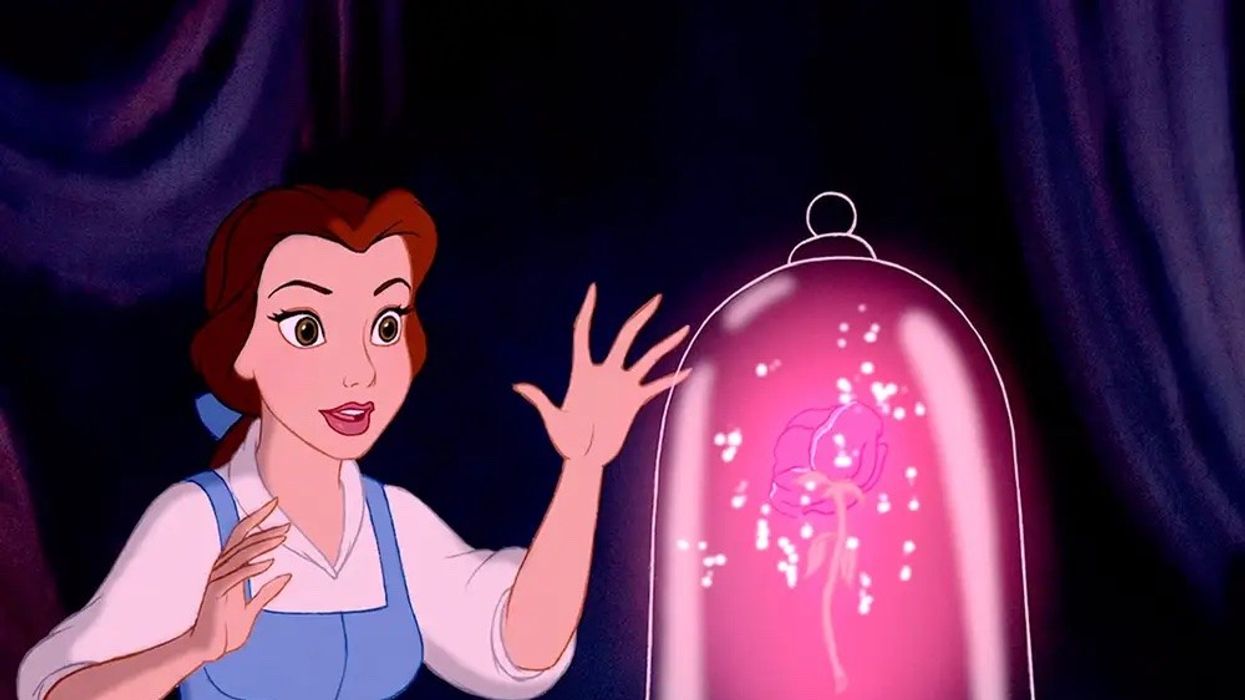Do You Know How 'Beauty and the Beast' Transformed American Animation?
Beauty and the Beast was a huge risk for Disney, but the rewards were everlasting.

After 30 years, the original animated Beauty and the Beast is still a staple in American animation for its stunning illustration and success at the box office, becoming one of three animated films to be nominated for Best Picture at the Academy Awards.
Beauty and the Beast was a rousing critical and financial success, solidifying that the Disney Renaissance was a behemoth to be reckoned with. While you can see the film’s lasting impression in Disney theme parks as well as your local theater, Collider discovered its most significant imprint is left on American animation, particularly when it came to altering the direction of Disney’s animated stories.

Shifting to darker storylines
The success of Beauty and the Beast allowed for darker and more dramatic stories to be embraced. Both romantic and gothic elements were given space to flourish, creating a contrast that is appealing to all ages.
The two most notable films that came from this revelation were Pocahontas and The Hunchback of Notre Dame, with the latter being directed by Gary Trousdale and Kirk Wise, who also directed Beauty and the Beast. Both films focus on issues that are very real and could be heavy concepts for children to understand but proved that successful animated films didn’t have to focus on light-hearted romance stories.
Part of this adjustment was also inspired by something Beauty and the Beast didn’t do. Although this was Disney’s first animated title to score a Best Picture nomination, it lost the award to The Silence of the Lambs. Disney decided that it was time to focus on serious-minded romantic fare in the hopes it would land them the Oscar for Best Picture one day.
Jeffrey Katzenberg, Disney’s chairman at the time, believed that Pocahontas was the animated film that would take home Best Picture, partially being influenced by Kevin Costner’s Dances with Wolvessweeping the Academy Awards in 1991. The company’s focus shifted from entertainment for the youth to Oscar glory.

Breaking away from how villains were coded
Beauty and the Beast also reshaped how villains were designed. Villains were often designed with physical disabilities and other elements that eschewed conventional beauty standards to signify that these characters couldn’t be trusted. This led to the unfortunate connotations about what “good” people are supposed to look like, and Disney desperately needed to change that mold.
Gaston broke that mold between his gorgeous biceps. He was a foe designed to intentionally look like a hero of a classic Disney movie: sculpted jawline, muscles, well-liked by the community, and undeniably charming. But the beauty of the character is only on the surface.
Portraying Gaston as a villain reinforced Beauty and the Beast’s core message that a person’s interior qualities are where their true beauty lies. Unfortunately, Gaston's goofy goon LeFou was coded in Disney's traditional villain mold, falling back onto the idea that a "good guy" wouldn't be friends with someone who looked a specific way.
Gaston's character design proved to be successful, and Disney was inspired to codify their animated villains in a new way.
Judge Frollo, an ordinary man who holds a considerable amount of political power, was the antagonist in The Hunchback of Notre Dame rather than the physically deformed Quasimodo. The conventionally attractive Clayton would hunt Tarzan and his animal friends in Tarzan, and the embodiment of colonialism in the form of a handsome general would terrorize the heroes of Atlantis: The Lost Empire.
Even as Disney moves away from the villain-mold entirely, there are still antagonists who are encoded with the physical beauty of Gaston.

Blending hand-drawn animation and CG
The most notable way Beauty and the Beast transformed Disney animation was how it blended computer animation and hand-drawn animation for the iconic ballroom dance sequence. This wasn’t Disney’s first time blending these two types of animation, but the fusing had never been as prominent and seamless as it was in that gorgeous sequence. The ballroom dance brought the past, present, and future of American animation together for a truly magical moment.
In the following years, CG and hand-drawn animation would be further brought together in various ways with the entrance to the Cave of Wonders in Aladdin being brought to life and the stampeding wildebeests in The Lion King.
Even in the modern-day computer animation titles from Disney, the lingering influences from Beauty and the Beast can be seen. Moana utilized hand-drawn animation from Eric Goldberg to create the lively tattoos on Maui’s body.
It’s hard to imagine how the landscape of American animation would look without the existence of Beauty and the Beast. A film once seen as a risk turned out to be incredibly impactful to Disney’s business and animation goals. The tale as old as time will forever linger, leaving a rippling effect on animation till the end of time.
Let us know your favorite moments or sequences from Beauty and the Beast in the comments below!
Source: Collider











